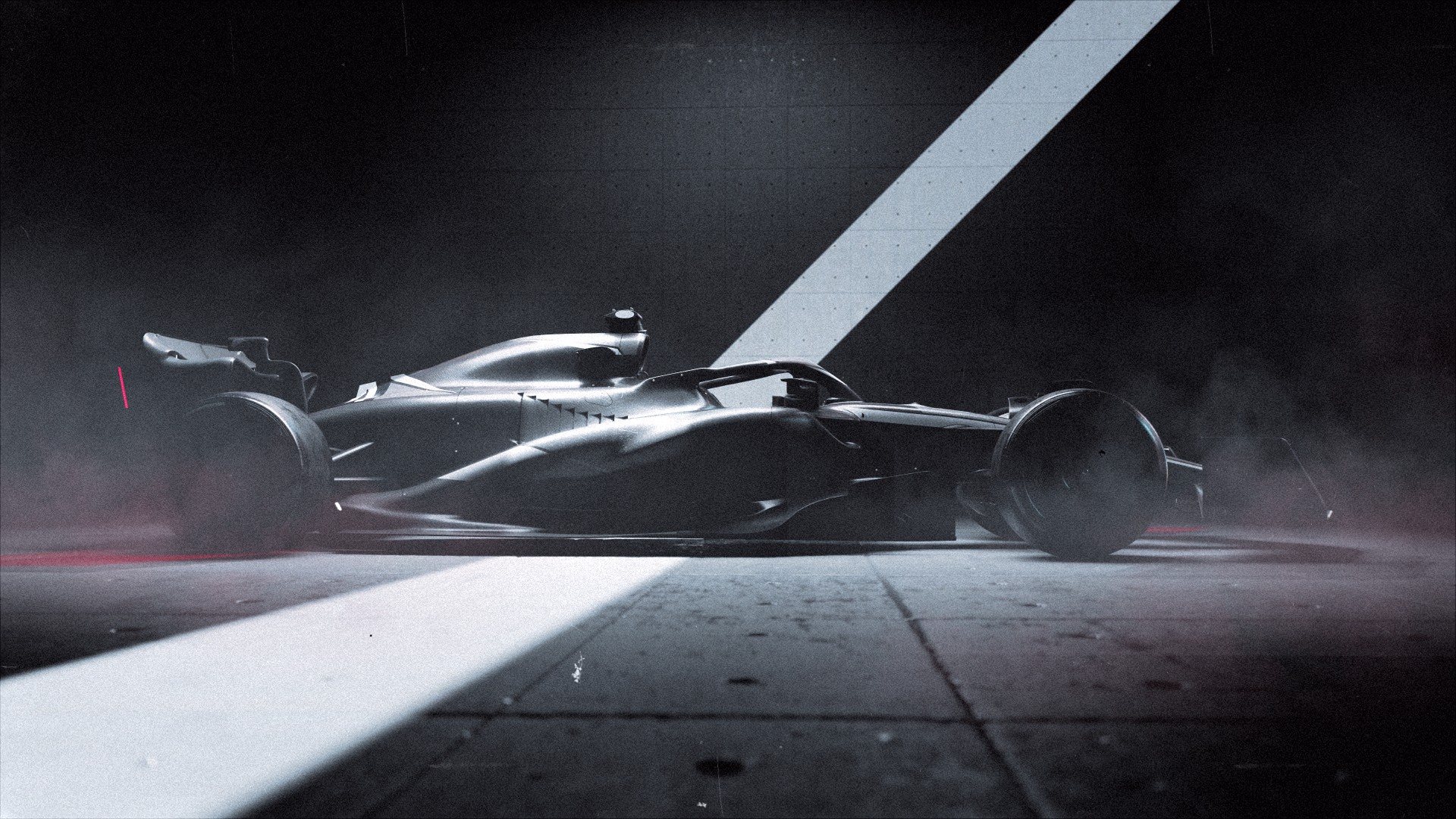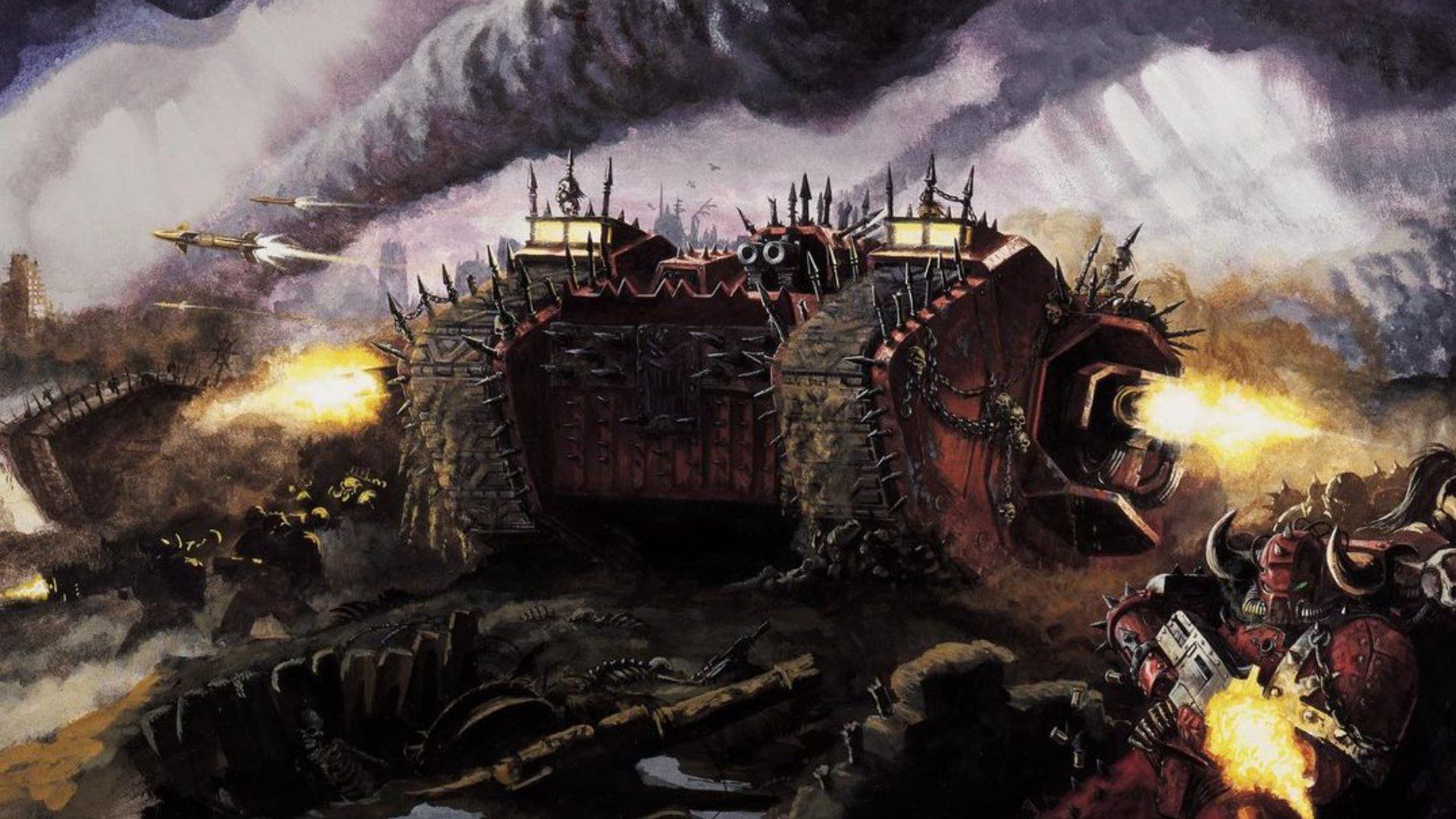
Frontier's management sim brings an impressive pile of substantial new toys to play with here.
Wish fulfilment isn’t a common feeling among F1 fans. The underdog rarely edges the win. Wet races seldom produce the kind of topsy-turvy, ‘here comes Latifi in P1’ result we hope for, and Christian Horner remains apparently impervious to the curses and hexes placed upon him by the viewership of Drive to Survive. But last year, F1 Manager 2022 delivered something we’d all been longing for over many years: a truly great management game set within the sport. That puts a lot of attention on this year’s sophomore release—where should the experience be expanded, tightened, or binned? And at this stage, it looks like the developer has intuitive and exciting answers to that.
In the foundational release, Frontier gave you control in all the areas you cared about: hurrying through the development of a new front wing to bridge the performance gap to those dastardly Red Bulls. Devising pit strategies that Niccolo Machiavelli would be proud of. Telling your drivers when to push, when to conserve tires, and making it absolutely clear they should not fok smash my door. Alright, the latter was not an explicit order in F1M22, but the feeling of authority over your drivers nonetheless prevailed.
(Image credit: Frontier)
For F1 2023, there are deeper systems governing both your non-driving staff and the little divas in the cockpits. On the staff side, the recruitment of the sporting director role has been added, and they’ll govern your logistical effectiveness including your pit crew’s overall reliability and efficiency. Micromanagers can now get stuck right into the pit crew’s training schedule, deploying the right balance of training and rest days to keep them sharp, fresh and error-free. It feels like a logical next step in deepening your overall control of the team, and an area perhaps many of us hadn’t properly considered before. We’re one step closer to choosing the menus down in the canteen.
Over on the driver side, a new confidence mechanic adds an extra wrinkle to on-track performance. As drivers perform positively—pulling off overtakes, setting quick sector times and lap PBs—they’ll build up confidence, which acts as a performance buff. They’ll be more likely to drive quick, stay consistent and pull of subsequent overtakes when their confidence is high, so you can afford to push them a bit more with your orders.
On the flipside of course, being overtaken, getting stuck behind a driver they can’t pass, or making a mistake: these are all like the stern gaze of an emotionally unavailable father to your drivers. As their confidence diminishes, so does their ability to make good on your orders to push or overtake.
(Image credit: Frontier)
That’s a well-judged step towards fleshing out the drivers as convincing, fallible human beings. This being a management game, the risk is always for the characters and storylines of the real sport to be boiled down to numbers on a stats screen. Football Manager circumnavigates that with dressing room chemistry, simulated social groups and spats that you need to mediate. Confidence is Frontier’s answer, and it’ll certainly frustrate you in the moment from time to time—just pass the bloody Alpha Tauri, you wet blanket!—but it’ll likely deepen your immersion into a world of characters in the long term.
The really good bit, though, is in how that all plays out on track this year. Frontier’s worked on creating exciting battles between drivers by increasing the number of AI lines through each corner at each circuit. Last year’s title had overtakes and incidents, but they didn’t happen the way they do in the real sport. Certainly forgivable—watch a game of FIFA and then a few minutes of a Champion’s League match—but what I saw of F1 Manager 2023 gave me confidence that the overtakes will look more scrappy and convincing this year. Moves can even take a few corners to get done, which means drivers having to take different lines to give each other space (all the time you have to leave the space, after all).
You can see that smarter AI at work when a driver’s pushing or conserving tires too, getting right out onto the curbs and pushing track limits when they’re going all-out, and taking more conservative lines that make less use of the trackside adornments when they’re playing it safe. And of course, how good they are at pushing track limits without incident is all tied to their stats as a driver, and their confidence level. So there’s an impressive depth of simulation and a stack of interconnected systems happening, whenever you’re watching a driver on track. I’m all about this—I want to feel the drivers’ personalities by watching their driving, like you can in the real sport. This is the next step towards achieving that.
(Image credit: Frontier)
Speaking of that, F1 and F2 championships are now fully simulated this year, so you’ve got a more intuitive way to keep track of young driver talent than simply looking at the numbers on their stat screens increase. Just like real motorsport, the best way to put yourself in the shop window as a young driver in F1 Manager 2023 is to win stuff.
And that goes deeper than our managerial eyes only looking at who’s topping the points when we’re on our recruitment drives. Drivers develop quicker after good results, so you can also intuit that if Jack Doohan’s smashing the F2 championship this year, whatever his potential level is, he’ll reach it faster off the back of these results and might be ready for F1 that much quicker. This is a new feature that I’m particularly excited about. Again, it’s more bricks and mortar building up that convincing world of motorsport that a truly life-sapping F1 management game needs.
(Image credit: Frontier)
Frontier has bigger plans for this year’s game which they mentioned only in passing—a new mode coming, and some more presentation options. But what’s self-evident is that the presentation, particularly on race day, has taken a real step forward. Fidelity levels of the cars and tracks now look not just competitive with Codemasters’ long-running F1 series, but superior. I marvelled at the way a McLaren’s front suspension arms were animating believably as they soaked up the bumps of Melbourne’s curbs, in a way that racing games rarely seem to capture with open wheelers.
It’s the nature of the beast that all of us who put time into the debut title have a voluminous wishlist for subsequent releases, with new team creation and car/part customisation surely at the top of it for most of us. But there’s an impressive pile of substantial new toys to play with here, particularly for the sophomore game of an annualised series. It’s not easy to bed in a new series and then iterate on it significantly in the space of 12 months. Almost as difficult, as we learned last game, as developing a better front wing than Red Bull’s. Maybe this season.






